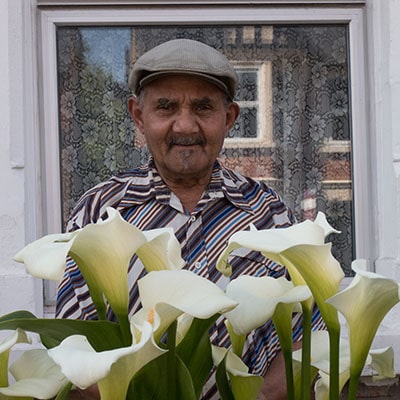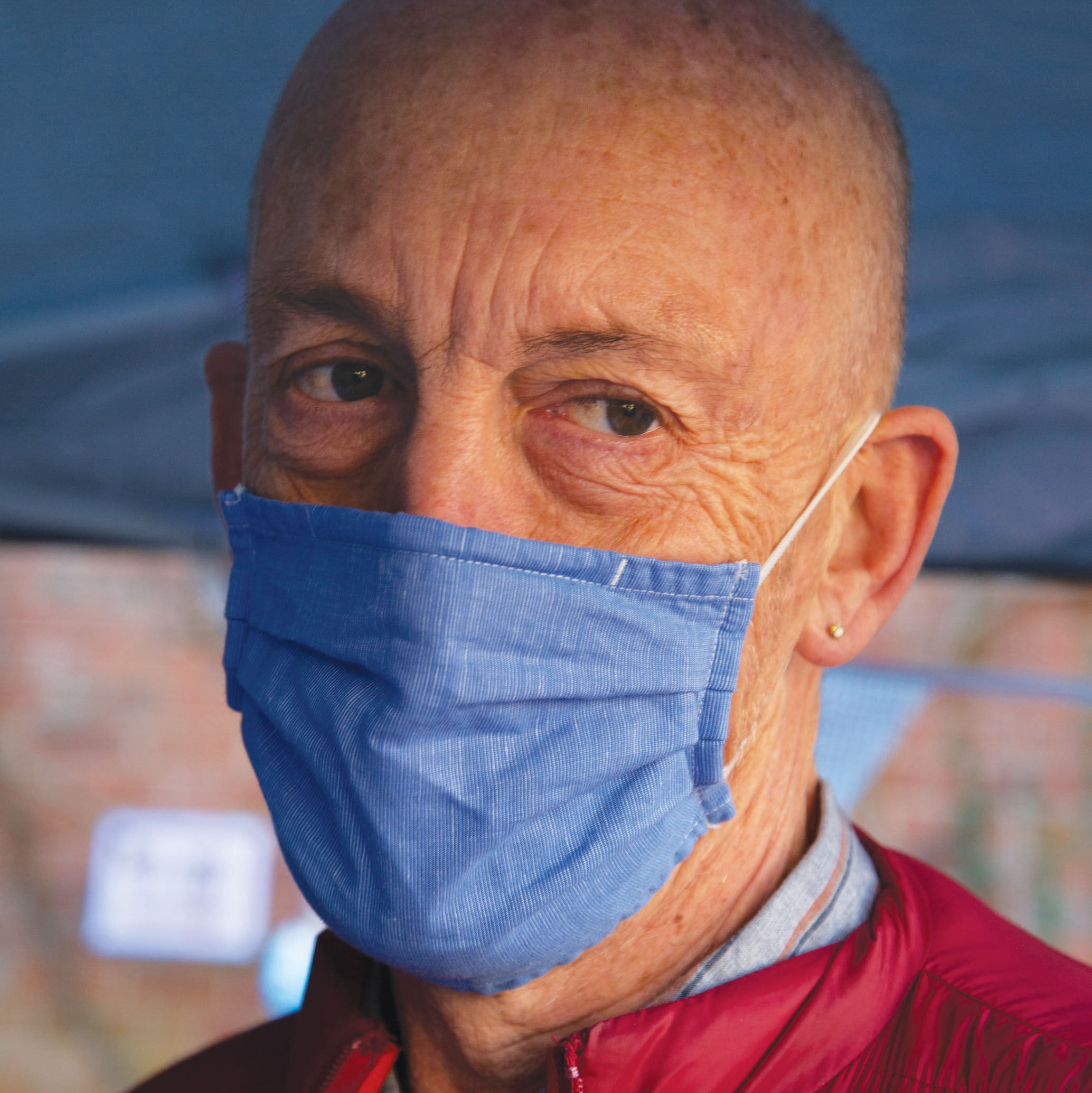Anarchy and beauty
William Morris is somebody that many people in the planning, architecture and design worlds have found inspirational. However rather than looking at the man himself, Fiona MacCarthy’s exhibition at the National Portrait Gallery (NPG) to 15 January 2015, takes a look at Morris’s legacy. NPG Director Sandy Nairne, introduces the exhibition by saying that it differs from others:
‘by following the spirit of Morris and revealing its importance in a world needing to be aware of finite natural resources, continuing inequalities of wealth, over reliance on Western financial systems and with some desire to develop clearer principles for well being at work and for the better design and production of objects in a very wasteful consumer society.’
The exhibition and accompanying book don’t really dwell on these contemporary concerns because it only charts his legacy up to a rather arbitrary 1960. But that doesn’t mean it isn’t fascinating in what it does focus on.
The exhibition title is misleading because it is very debatable that Morris was an anarchist. Indeed he left the Socialist League and ceased both funding and editing its journal Commomweal, precisely because it was taken over by anarchists. But he was a free thinker and friendly with a number of anarchist activists of his day including Kropotkin and he certainly influenced people who might have considered themselves to be anarchists of a sort, such as Edward Carpenter. And it is the connections between figures like Carpenter and Morris and their influence down the years that makes the exhibition so rich. Carpenter’s sandals are on display. Indeed Carpenter was known in his day as ‘the saint in sandals’ and such was his enthusiasm for these alternatives to the ‘leather coffins’ in which most people’s feet were normally encased, that he set up his own cottage industry in Millthorpe near Sheffield where he lived. What I didn’t know was that this sandal making enterprise eventually moved to Letchworth. Garden cities are a major theme of the exhibition. ‘How we live and how we might live’ was a constant heart -felt theme of Morris’s writing about the hoped for improvement in the physical conditions of human life. In a letter to his friend Louisa Baldwin in 1874, Morris pre-figured the vision of the garden Cities movement saying
‘But look, suppose people lived in little communities among gardens and green fields so that you could be in the country in 5 minutes walk and had few wants; almost no furniture for instance and n servants and studied (the difficult) arts of enjoying life and finding out what they really wanted; then I think one might hope civilisation had really begun.’
The exhibition canters through the connections spiritual, emotional and intellectual that these ideas generated in the likes of Ebenezer Howard , Octavia Hill and Patrick Geddes. Geddes, described as ‘polymath and gardener, social evolutionist and city planner..’ is given something of a rehabilitiation by MacCarthy and one contemporary who compares him to Morris is quoted approvingly. Morris himself developed his own specific viewpoint on town and country planning in a lecture he gave near the end of his life in Manchester.
‘This is what I want done in this matter of town and country; I want neither the towns to be appendages of the country nor the country of the town: I want the town to be impregnated with the beauty of the country and the country with the intelligence and vivid life of the town. I want every homestead to be clean orderly and tidy; a lovely house to be surrounded by acres and acres of garden. On the other hand I want the town to be clean orderly and tidy; in short a garden with a beautiful house in it.’
It could be the introduction to the prospectus for Letchworth. Howard and Letchworth are well covered including some remarkable footage of the funeral of Ebenezer Howard in Letchworth in 1928 with crowds of the town’s residents turning out to pay their last respects. The ‘joyous union’ of town and country that the garden cities represented were also predicated on socially egalitarian principles, anti snobbery, anti luxury. Hence those sandals. Matters of design were important. When the Cheap Cottage Exhibition was held at Letchworth in 1905 it was Heal and Son who supplied the furniture for the show houses demonstrating how ‘sound housing’ could be provided on a budget of £150 per dwelling and prompting Bernard Shaw’s quip about staining the simple life green and selling it to cottagers for 36 guineas.
If garden cities are a major part of the Morrisian legacy, design is undoubtedly another. The interwar artistic communities of Eric Gill, Bernard Leach and Michael Cardew sought to bring these ideas together in practice albeit at a small scale and with variable success, but MacCarthy gives real prominence to the designers and architects around the post War Festival of Britain. Herbert Morrison or ‘Lord Festival’ as he became known , had grown up with Morris’s writings as some of his guiding political lights, even joining Morris’s old party the Social Democratic Federation in his youth and working as a market gardener in Letchworth while a conscientious objector in the First World War. The Festival was both a reassertion of hope after WWII, Morrison described the site when it was selected in 1948 as ‘nothing but mud and rotting wharves and warehouses, misery and poverty and railway lines’, and a joyful expression of the possibilities of a more egalitarian, democratic and beautiful, future which, expressed in the work of David Mellor, Robert Welch, Terence Conran and others who were to become household names in the 1950 and 60’s, was available to all.
There is much here for us to enjoy and reflect on, not least the continuing influence of Morris post 1960 which is exemplified in the range of contemporary artists, designers and film makers who contribute introductory statements to the exhibition. It provides a hopefulness and a sense that the vision that Morris had is by no means lost.
This article first appeared in the December 2014 issue of Town & Country Planning

